I started producing biogas in 2001, using pig slurry and sugar beet toppings. From 55kW electrical power originally, our anaerobic digestion (AD) plant has grown to 1,200kW since 2016. We now take in residues from others farms: maize straw, grain, wine grapes, vegetables, and pig, chicken and cattle manure.
We store the gas and bid online to switch on the combined heat and power engines when the electricity price is high, usually in the morning and evening.
Listen to "From slurry to electric cars in rural Germany" on Spreaker.
We get a subsidised electricity tariff with a bonus because we also use all the heat from our engines. This is our main income. We run a grain dryer with a 1,000t capacity each season, substituting 100,000l of heating oil. We also supply a district heating network connected to 90% of households in our village, Füssbach. This replaces another 90,000l of heating oil.
Thanks to the power we put into the grid, the village’s electricity is now 80% renewable.
This includes an electric vehicle sharing scheme, with two cars available to all in Füssbach. We want to substitute the second car in each household for short distances.
When people bring me their garden waste, I can tell them: “With this, you can drive a car for 100km or 200km.”
Finally, we use our heat to dry the digestate from the AD in a polytunnel and produce our own organic fertiliser. We then pellet it and sell it in our own shop under the Nadu brand. It is a slow-release fertiliser: you spread it in March and it remains active until September. Its main market at the moment is for gardening and it is not generating a big income. Marketing it takes a lot of time and energy. Some buyers would like specially formulated fertiliser for flowers or tomatoes, but at the moment we only supply it in its natural form.
The next step is nutrition recovery. We have been piloting a plant capable of separating 1m3 of digestate per hour into phosphorus salt, ammonium sulphate, organic material and process water which can be used for irrigation. We have invested in a new €1.2m plant under an EU-funded project to take this to 10m3/h. The running costs are probably €6/m3 to €8/m3 and total processing costs €15/m3.
Recovered nutrients could replace mineral fertiliser, while the main income for this business would come from the solution offered for livestock farmers’ slurry, charging them a gate fee in the future. There is currently too much digestate spread on the fields in Germany, with high associated storage and transport costs.
Fertiliser regulations are introducing more restrictions, and phosphorus levels are too high in the ground.
These innovations have made Füssbach a recognised “bioenergy village”. There are only 100 inhabitants here, but many are young families. People want to live in our village.
Read more
Watch: farmers see biogas plants as cows
End renewable heat and biogas support delays – Bioenergy Association
Can farmers cash in on biogas?
I started producing biogas in 2001, using pig slurry and sugar beet toppings. From 55kW electrical power originally, our anaerobic digestion (AD) plant has grown to 1,200kW since 2016. We now take in residues from others farms: maize straw, grain, wine grapes, vegetables, and pig, chicken and cattle manure.
We store the gas and bid online to switch on the combined heat and power engines when the electricity price is high, usually in the morning and evening.
Listen to "From slurry to electric cars in rural Germany" on Spreaker.
We get a subsidised electricity tariff with a bonus because we also use all the heat from our engines. This is our main income. We run a grain dryer with a 1,000t capacity each season, substituting 100,000l of heating oil. We also supply a district heating network connected to 90% of households in our village, Füssbach. This replaces another 90,000l of heating oil.
Thanks to the power we put into the grid, the village’s electricity is now 80% renewable.
This includes an electric vehicle sharing scheme, with two cars available to all in Füssbach. We want to substitute the second car in each household for short distances.
When people bring me their garden waste, I can tell them: “With this, you can drive a car for 100km or 200km.”
Finally, we use our heat to dry the digestate from the AD in a polytunnel and produce our own organic fertiliser. We then pellet it and sell it in our own shop under the Nadu brand. It is a slow-release fertiliser: you spread it in March and it remains active until September. Its main market at the moment is for gardening and it is not generating a big income. Marketing it takes a lot of time and energy. Some buyers would like specially formulated fertiliser for flowers or tomatoes, but at the moment we only supply it in its natural form.
The next step is nutrition recovery. We have been piloting a plant capable of separating 1m3 of digestate per hour into phosphorus salt, ammonium sulphate, organic material and process water which can be used for irrigation. We have invested in a new €1.2m plant under an EU-funded project to take this to 10m3/h. The running costs are probably €6/m3 to €8/m3 and total processing costs €15/m3.
Recovered nutrients could replace mineral fertiliser, while the main income for this business would come from the solution offered for livestock farmers’ slurry, charging them a gate fee in the future. There is currently too much digestate spread on the fields in Germany, with high associated storage and transport costs.
Fertiliser regulations are introducing more restrictions, and phosphorus levels are too high in the ground.
These innovations have made Füssbach a recognised “bioenergy village”. There are only 100 inhabitants here, but many are young families. People want to live in our village.
Read more
Watch: farmers see biogas plants as cows
End renewable heat and biogas support delays – Bioenergy Association
Can farmers cash in on biogas?




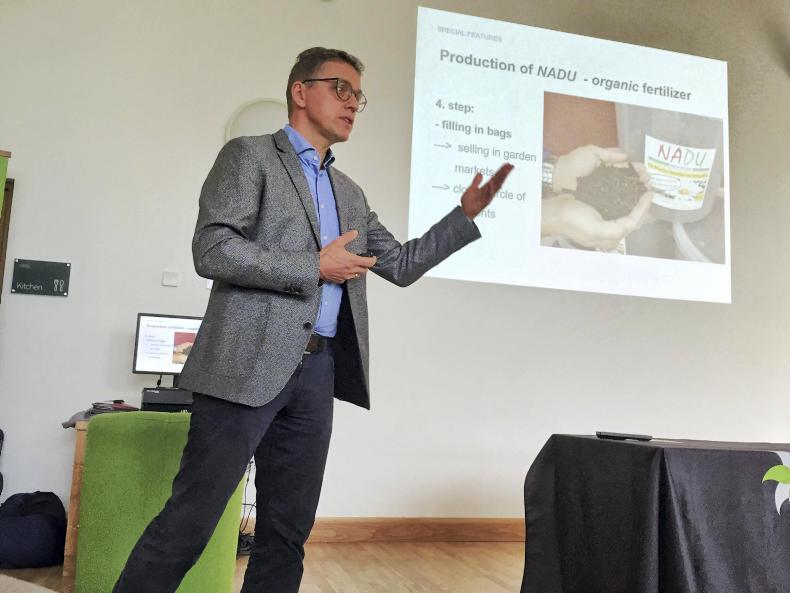
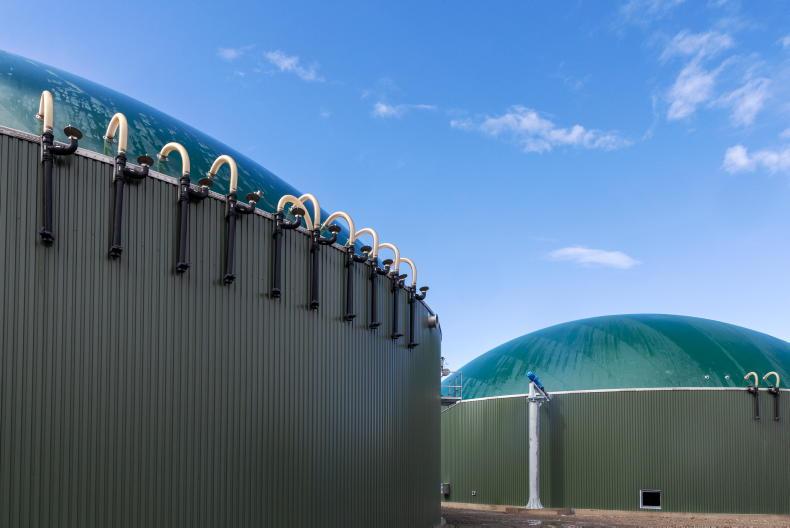
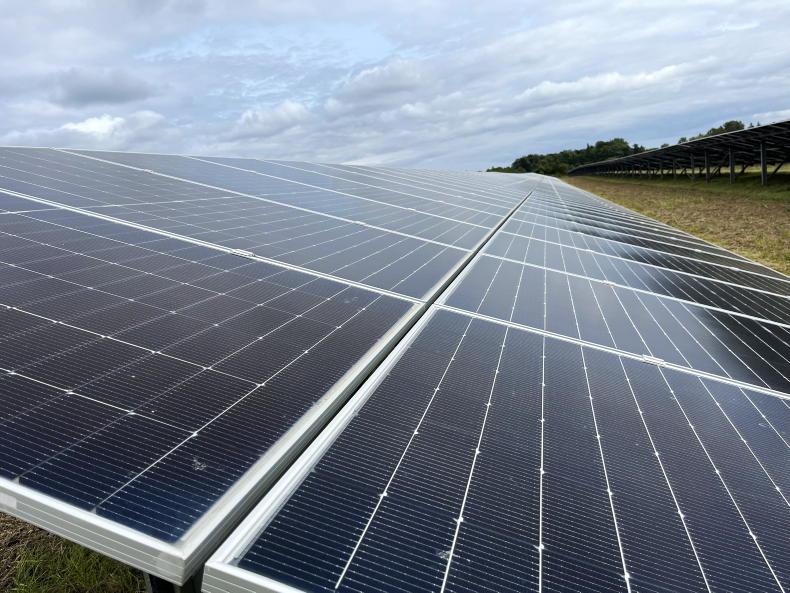
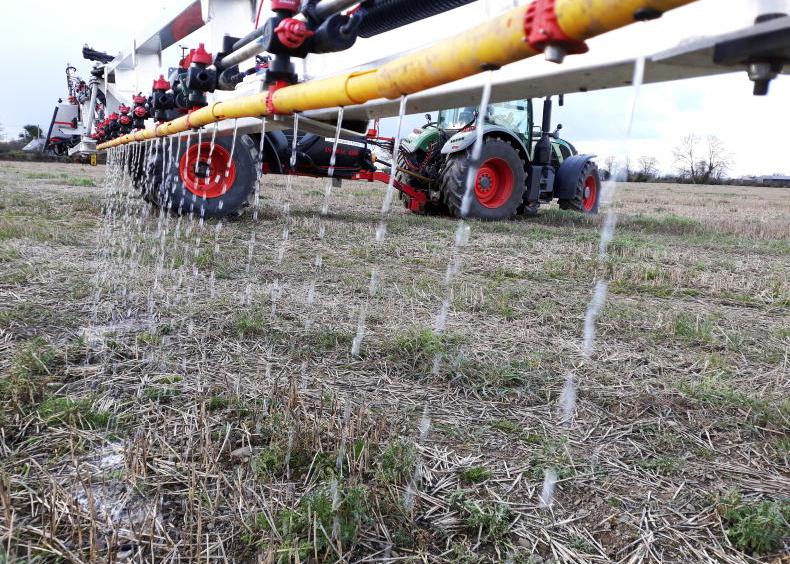
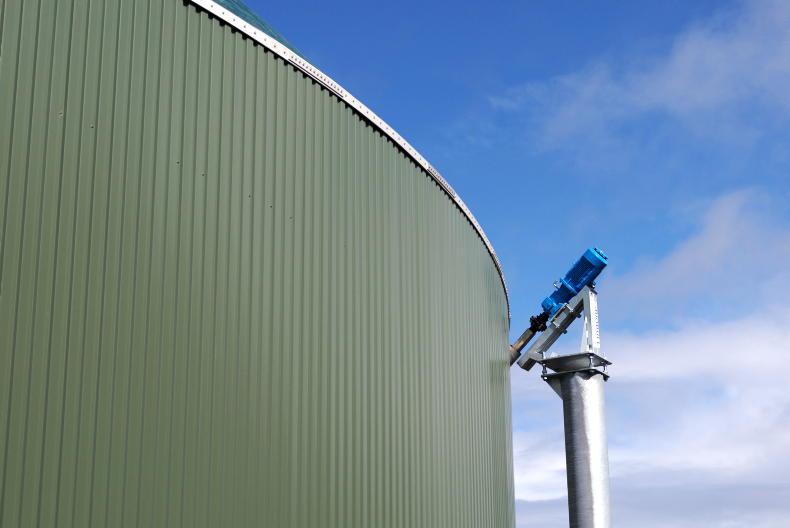
SHARING OPTIONS